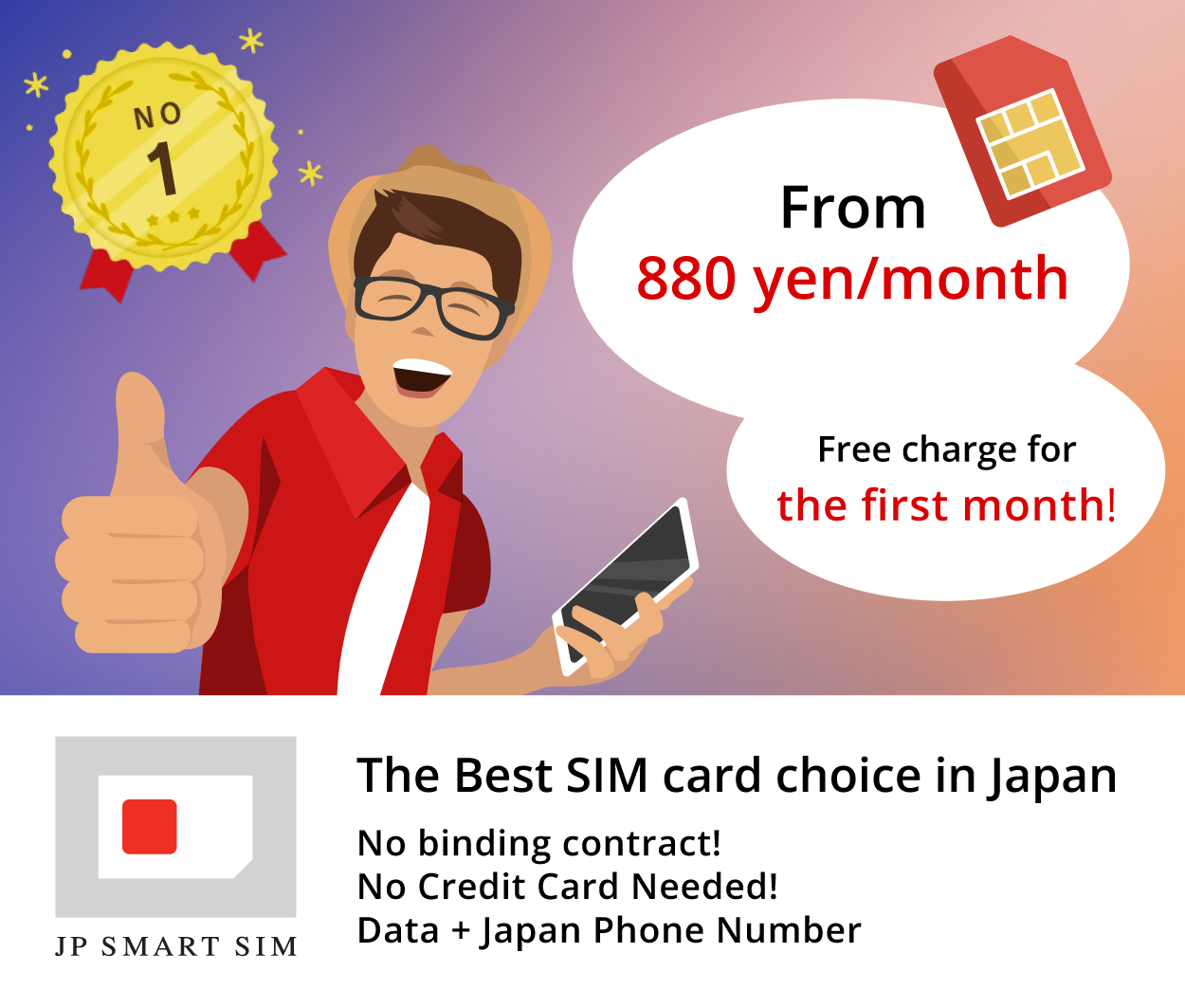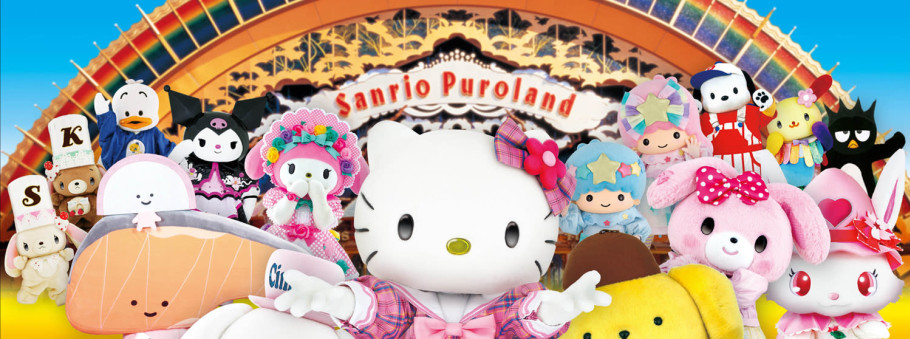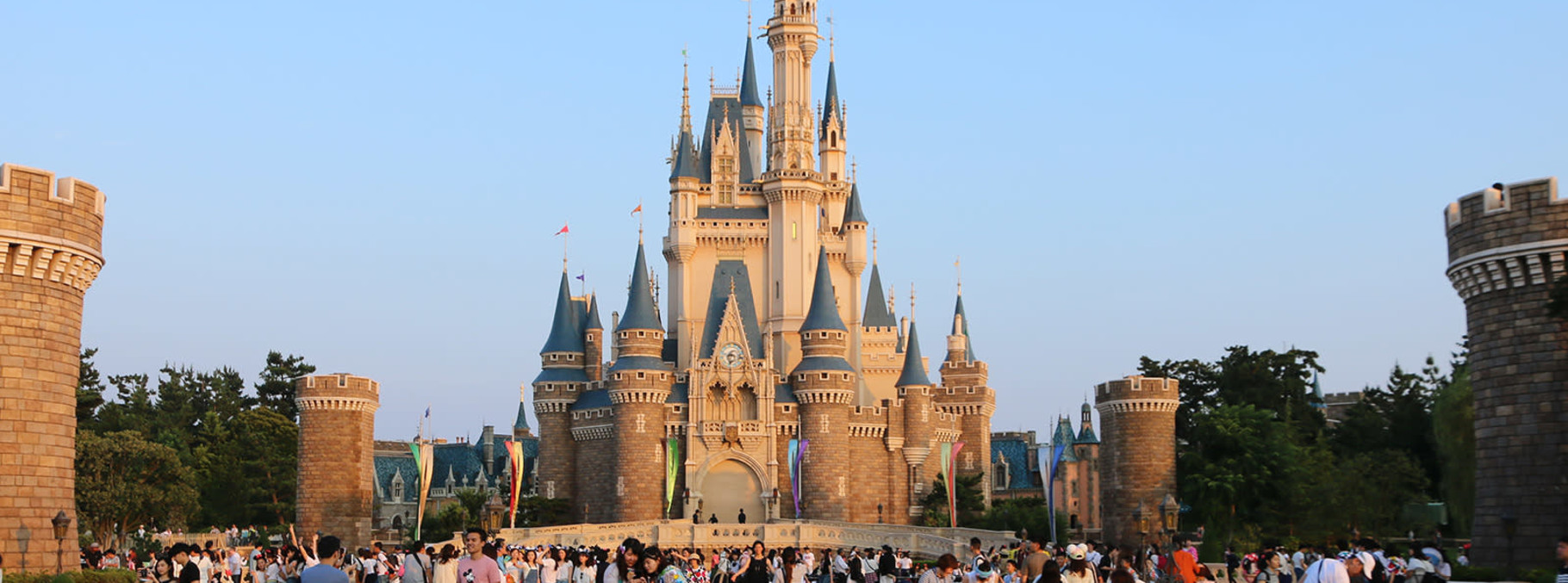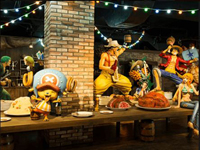Okayama Castle
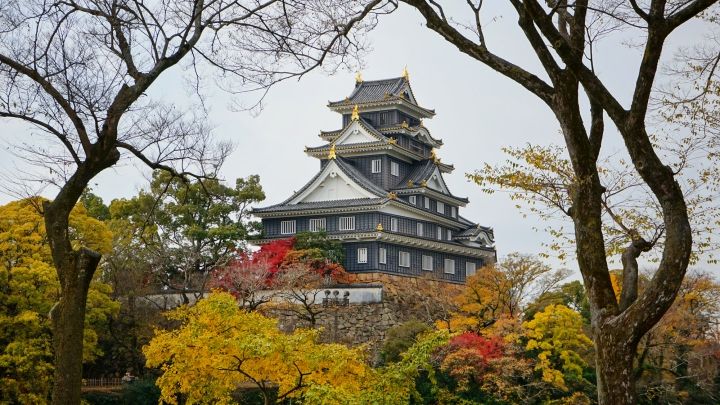

(Source: pixta)
Castle Tower and Golden Shachihoko
The six-floor, three-section castle tower is built in a shape to enable looking into the distance. It portrays the style of structure from the period, in which castle towers started to be incorporated into Japanese castle structures, such as having the "master's room" for the lord of the castle. It is a castle tower with a beautiful contrast between the black exterior boards and the golden shachihoko (mythical half-tiger half-carp animal) that was installed as a guardian of the castle.

(Source: pixta)
View from Observatory
The sixth floor is an observation space, from which the city of Okayama can be seen in a 360-degree view. The height from the fort is 20.45 meters. The 360-degree view from this tower is truly something else. You can also see the beautiful Korakuen garden across the Asahi River right in front.

(Source: pixta)
Numerous Exhibits
Each of the floors have exhibits of items from the Sengoku period, such as picture scrolls, writings by the castle lord, armors, household items and family trees. On the second floor, there is a daimyokago, a transportation device to carry a passenger with human power, which you can enter yourself to take pictures.

(Source: pixta)
Important Cultural Property: Tsukimiyagura
Tsukimiyagura (moon-gazing turret) is the only remaining yagura (turret) in Okayama Castle and was used to protect the back entrance of the castle. It was the newest and most elegant yagura during its time. While its outside has a robust structure for protection, the inside has a residential comfort where, as the name suggests, you could do some moon-gazing in there.

(Source: pixta)
Transform into a Feudal Lord/ Princess! Free Dress Up Experience
There is a corner on the second floor, where you can dress up for free as a feudal lord or princess of the castle and take photos. Standing in the tatami room with your costume on will make you feel like the master of the castle of back in the day. There are also other activities such as a trial pottery making experience of local specialty "Bizenyaki", or taking photos in a kago (human transportation device), so you can have fun and at the same time learn about history and culture.

(Source: 季譜の里)
Korakuen
This garden is selected as a place of special scenic beauty within the country and is also one of Japan's top three famous gardens. It was completed in a span of 14 years in 1700. Its total surface of 133,000 sq. meters features as its center the main building, Enyotei, and also a performing stage, ponds, a plum forest, tea field, as well as a spacious grass area, which is rare for a Japanese garden. The garden received the highest rating in the Michelin Green Guide of France.

(Source: pixta)

(Source: pixta)
Castle Tower and Golden Shachihoko
The six-floor, three-section castle tower is built in a shape to enable looking into the distance. It portrays the style of structure from the period, in which castle towers started to be incorporated into Japanese castle structures, such as having the "master's room" for the lord of the castle. It is a castle tower with a beautiful contrast between the black exterior boards and the golden shachihoko (mythical half-tiger half-carp animal) that was installed as a guardian of the castle.

(Source: pixta)
View from Observatory
The sixth floor is an observation space, from which the city of Okayama can be seen in a 360-degree view. The height from the fort is 20.45 meters. The 360-degree view from this tower is truly something else. You can also see the beautiful Korakuen garden across the Asahi River right in front.

(Source: pixta)
Numerous Exhibits
Each of the floors have exhibits of items from the Sengoku period, such as picture scrolls, writings by the castle lord, armors, household items and family trees. On the second floor, there is a daimyokago, a transportation device to carry a passenger with human power, which you can enter yourself to take pictures.

(Source: pixta)
Important Cultural Property: Tsukimiyagura
Tsukimiyagura (moon-gazing turret) is the only remaining yagura (turret) in Okayama Castle and was used to protect the back entrance of the castle. It was the newest and most elegant yagura during its time. While its outside has a robust structure for protection, the inside has a residential comfort where, as the name suggests, you could do some moon-gazing in there.

(Source: pixta)
Transform into a Feudal Lord/ Princess! Free Dress Up Experience
There is a corner on the second floor, where you can dress up for free as a feudal lord or princess of the castle and take photos. Standing in the tatami room with your costume on will make you feel like the master of the castle of back in the day. There are also other activities such as a trial pottery making experience of local specialty "Bizenyaki", or taking photos in a kago (human transportation device), so you can have fun and at the same time learn about history and culture.

(Source: 季譜の里)
Korakuen
This garden is selected as a place of special scenic beauty within the country and is also one of Japan's top three famous gardens. It was completed in a span of 14 years in 1700. Its total surface of 133,000 sq. meters features as its center the main building, Enyotei, and also a performing stage, ponds, a plum forest, tea field, as well as a spacious grass area, which is rare for a Japanese garden. The garden received the highest rating in the Michelin Green Guide of France.

(Source: pixta)
